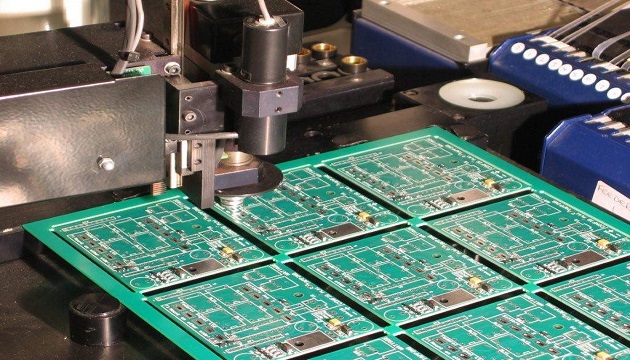The government’s efforts to mitigate the oxygen crisis that’s affecting Covid-19 patients may cause a shortage of nitrogen, a gas critical for the electronics manufacturing industry.
Nitrogen is required in the manufacture of laptops, data servers, smartphones and printed circuit boards (PCBs), which are at the heart of every electronic device.
The Centre directed 11 states this week to convert 353 tankers that transport 50% of India’s nitrogen capacity into oxygen carriers, disrupting nitrogen supplies to electronics factories. To augment oxygen supply to hospitals, the government has identified 214 argon and 353 nitrogen tankers to carry 7,500 metric tonnes of oxygen, cabinet secretary Rajiv Gauba said in a letter to the states.
The Tamil Nadu government will write to the Centre seeking relaxation in these norms, which have resulted in a 50% cut in nitrogen supplies.
The Centre has taken the right step to prioritise oxygen supply. But the industry was not prepared for a sudden 50% cut in the supply of nitrogen. This may be a small element but the absence of nitrogen can halt the entire process at a time when companies are making every effort possible to keep up the supply of critical devices.
However, Pankaj Mohindroo, chairman of the India Cellular and Electronics Association, played down the matter, saying transport and storage infrastructure for nitrogen is a tiny fraction of the total required for oxygen.
Nitrogen is used in small quantities by us basically to drive out oxygen from the soldering chambers to prevent oxidation of solder pads and component terminals during reflow soldering,” he said.
Currently, 40% of India’s top electronics manufacturers including Samsung, Flex (HP), Lenovo, Dell and Foxconn rely on nitrogen-based surface mount technology to install components directly onto surfaces like the PCB, motherboard, or chipset. Almost 100 components are mounted on the PCB of a smartphone using SMT.
“This will become a serious concern if the break out persists for a longer duration.” said George Paul, CEO of Manufacturers’ Association for Information Technology. “Nitrogen is critical to the continuous process electronic production lines, with out which the SMT lines will come to a stop. Oxygen for public health gets top priority, however in manufacturing clusters a minimum number of trucks can be assigned, which can do more nitrogen runs, releasing majority of the trucks for oxygen runs.”
Oppo, Vivo, Foxconn, Flex, Lenovo and Samsung did not respond to ET’s queries seeking comment.
“It is quite important to improve the soldering quality,” said Neil Shah, VP of research at Counterpoint Technology Market Research, referring to the use of nitrogen. “However, many of the SMT manufacturers are shifting to more efficient gas generators rather than manually changing cylinders. We will have to access the impact after knowing the dependency of individual factories.”









